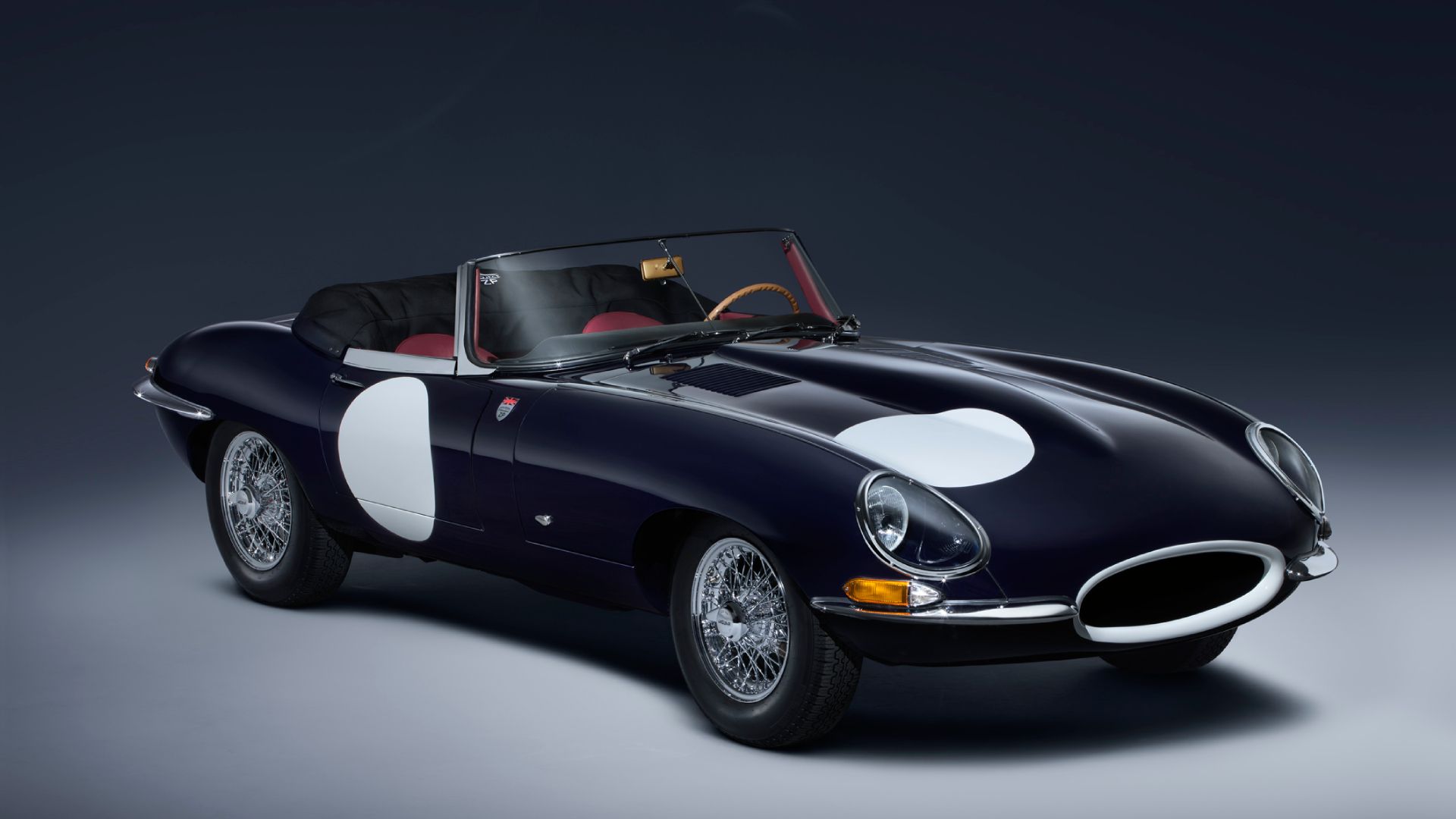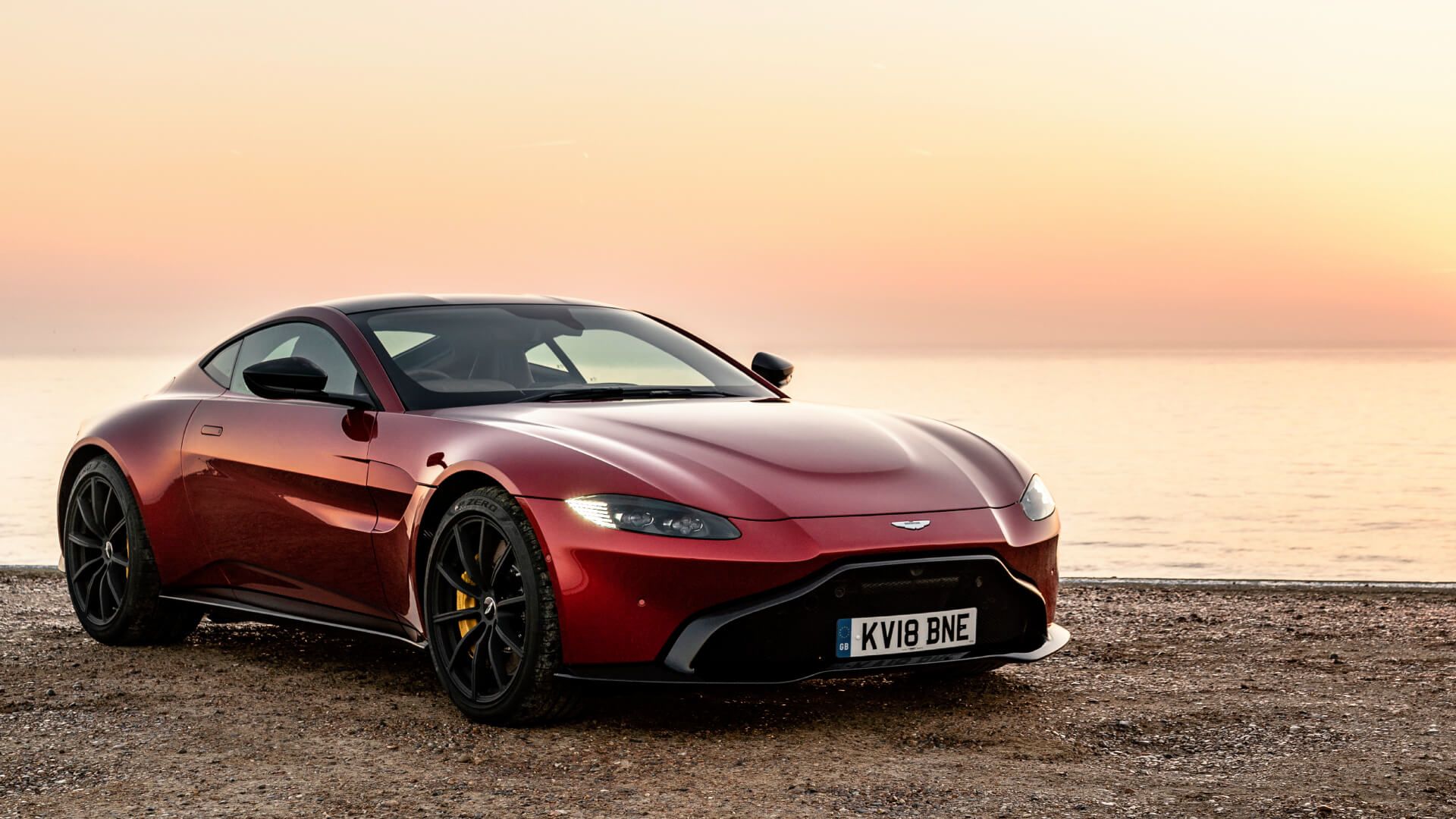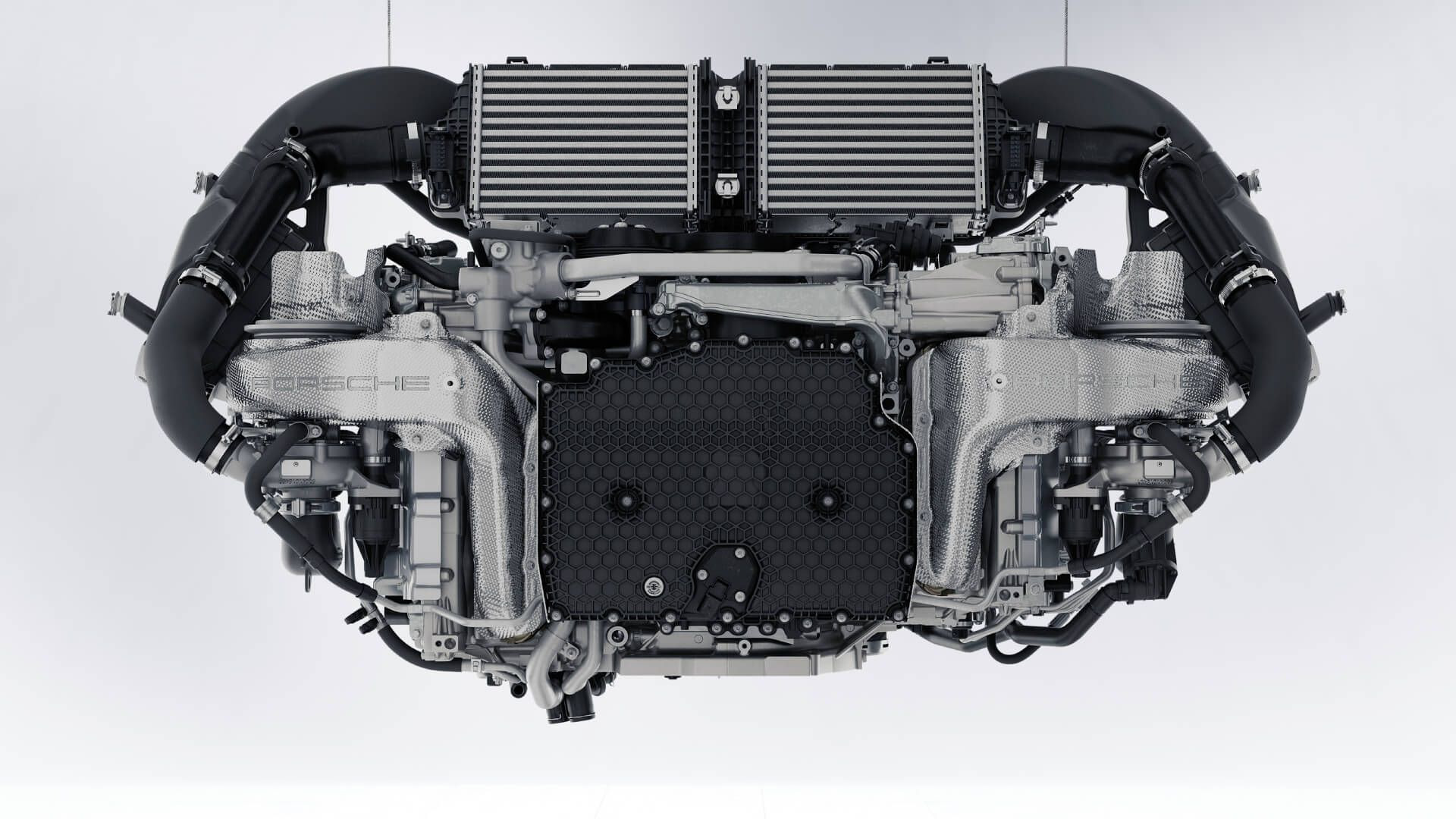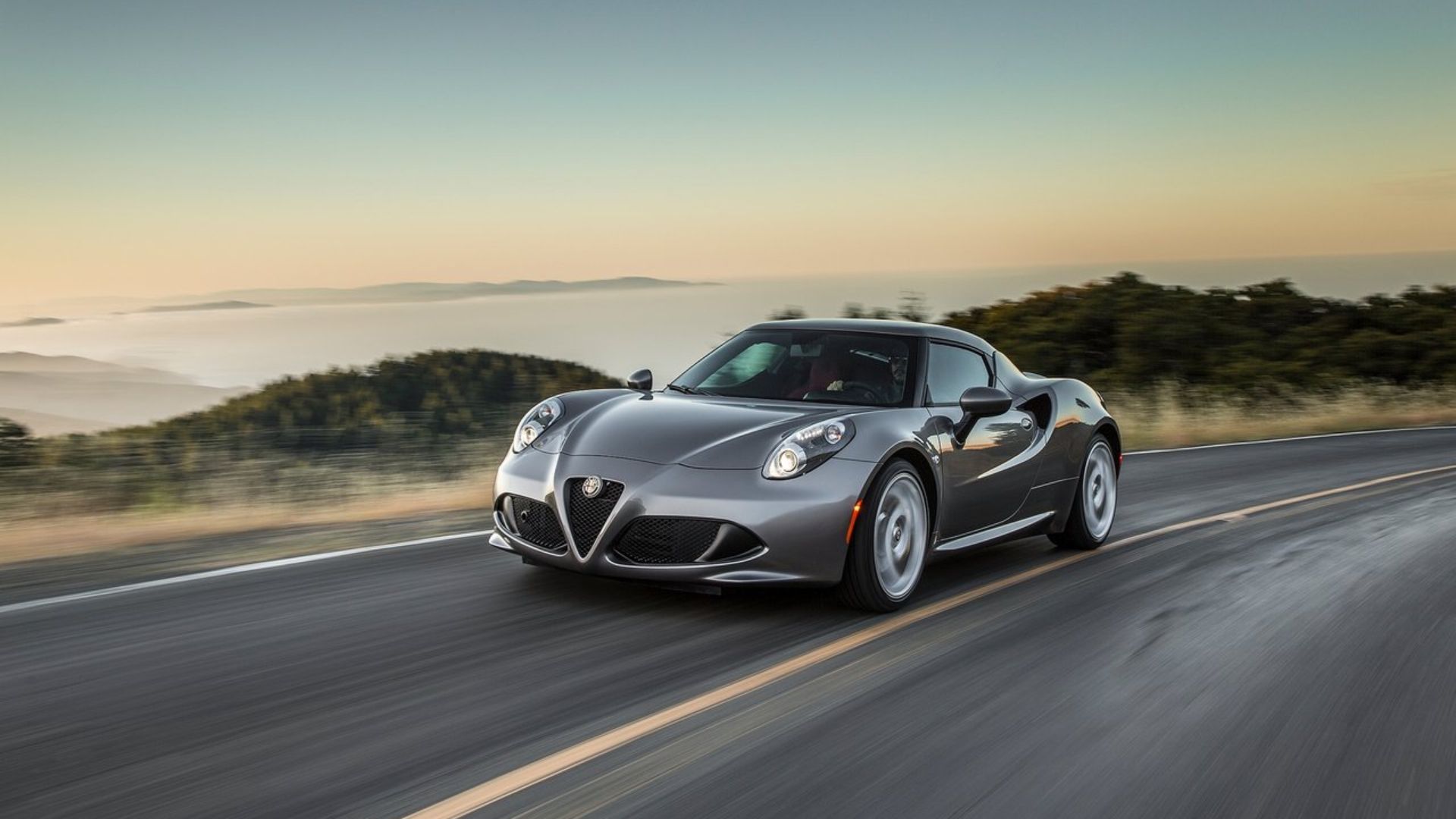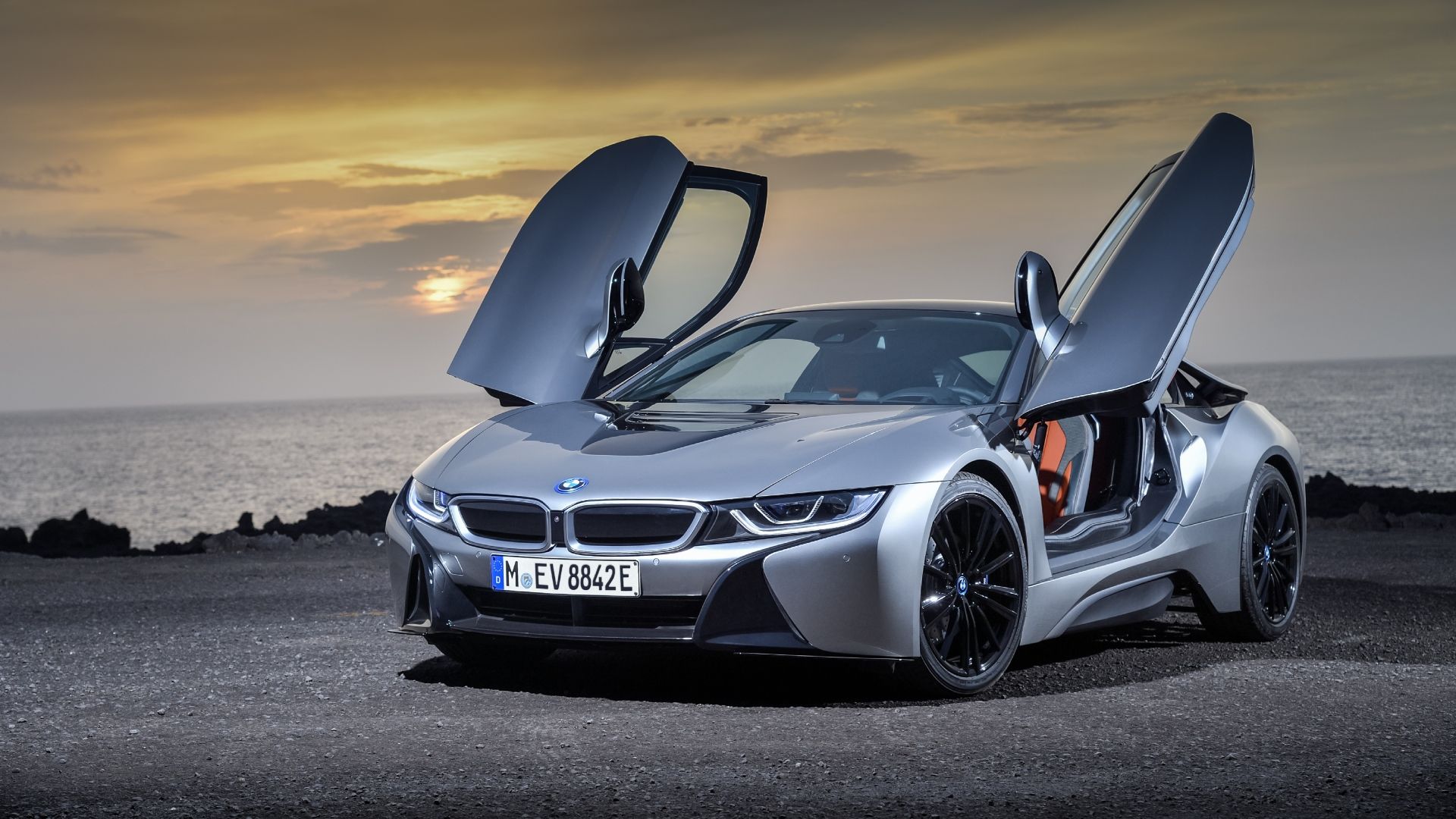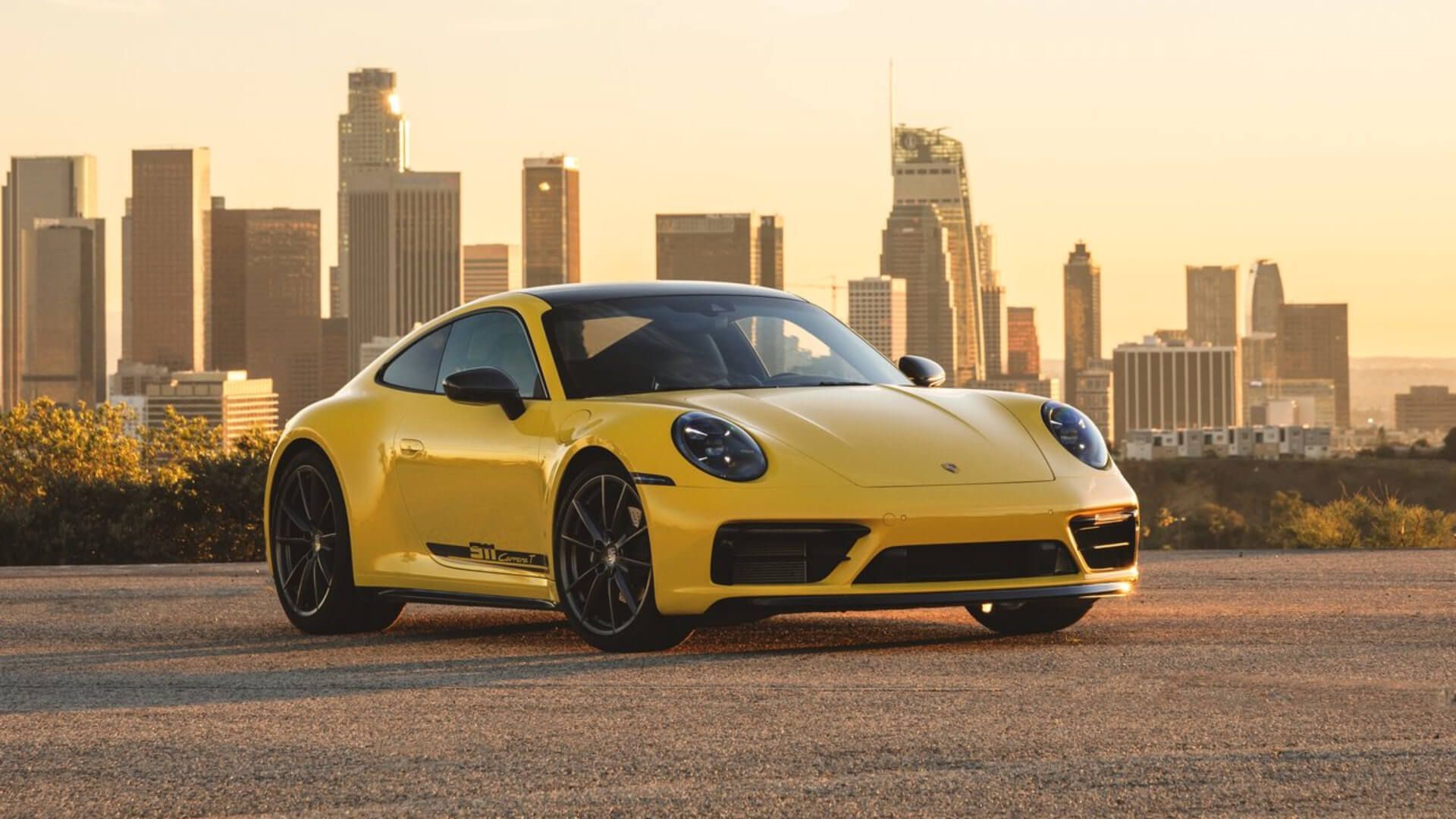Auto enthusiasts around the world love sports cars due to the fact that they are fun and engaging to drive. They are designed for speed and agility and put a smile on the face of anyone who drives them. Sports cars are much more than just a mode of transportation. You don’t drive one just to reach from one point to the destination. It is more about the journey itself. They create a special bond between the driver and the car since they are designed to give the maximum driving pleasure possible.
But European sports cars are quite unique compared to the sports cars from other parts of the world. They have won the hearts of many car enthusiasts, as the driving experience of European sports cars is far more engaging. European manufacturers craft their sports cars with passion, which results in a glorious artistry of performance, style, and engineering excellence. From sleek designs, and enhanced performance to rich heritage and refined interiors, here are the most notable things that you should know about European sports cars.
10 European Sports Cars Have Exquisite Design
One of the first things that you should know about European sports cars is that they have exquisite styling mostly done by experienced designers in the automotive industry, resulting in sports cars that look like art. The exterior styling of most European sports cars includes smooth lines and timeless style.
The same goes for the interior components like the seats, steering wheel, dashboard, and so on.
Hence, these cars are visually appealing and include some of the most beautiful sports cars in the world. In fact, the British-made 1961 Jaguar E-type is considered the most beautiful car ever made, according to leading automotive designers. Even their new modern sports car, the F-type, is a very stunning car to look at.
9 They Have Rich Heritage
European automakers have a rich history of making luxurious, high-performance cars with automotive excellence. So depending on the brand, this legacy is carried out with every generation of sports cars that they produce. The British car manufacturer, Aston Martin, builds sports cars with luxury, utmost performance, and elegance. Porsche is a German car manufacturer renowned for their iconic 911 which is a high-performance sports car focused solely on the pursuit of driving pleasure.
Similarly, another British manufacturer, Lotus, is famous for its light and agile sports cars with marvelous handling capabilities and balanced weight distribution. On top of that, most European manufacturers started building sports cars by focusing on the perfect blend of style, performance, and passion. And to this day, they have maintained this heritage to build exciting new modern sports cars that stand out quite well from the American and Japanese sports car manufacturers.
8 Powerful Engine
European sports cars are also known for their powerful engines, which may vary from turbocharged four-cylinder engines to V-8 and even a few evocative V-12 engines. No matter the engine configuration, European manufacturers are always successful in extracting the best performance figures possible for their sports cars. They extensively use turbochargers to achieve these amazing performance numbers. As a result, even a low-displacement twin-turbocharged six-cylinder engine has a similar power output compared to something like a naturally aspirated American V-8 sports car.
For example, the twin-turbocharged flat-six engine of the German-made 2023 Porsche 911 Turbo can produce up to 473 horsepower whereas, the naturally aspirated V-8 of an American sports car, the 2023 Chevrolet Corvette, produces 495 horsepower. Even though the Corvette produces more power with a difference of 22 horsepower, the power output of the 911 is still impressive considering the fact that it has a smaller engine with lesser cylinders.
7 Exceptional Handling
Even though there are many open highways and motorways built in Europe like the infamous Autobahn in Germany, they still have a lot of fun roads up in the Alps. These twisty roads are highly preferred by enthusiasts to drive their sports cars. The European manufacturers also focus on providing the driver with the best handling possible to tackle the fun back roads filled with corners.
So they generally use lightweight body components, high-performance tires, a well-balanced weight distribution, and upgraded suspension on their sports cars. As a matter of fact, many European manufacturers like Porsche, Lotus, Alfa Romeo, Jaguar, and BMW are renowned for their creation of great sports cars with superb handling.
6 Advanced Engineering
The engineers in the European automobile industry are some of the best in the world and come up with the most innovative technologies. So it’s no surprise that European sports cars are also equipped with advanced engineering. These technologies include anything from high-tech braking systems and aerodynamics to numerous ECU or driving modes and safety features.
If you look at the BMW i8, it is still one of the most technologically advanced sports cars due to its sophisticated hybrid technology. Thanks to this, it has also been successful to be included in Top Gear’s list of the greatest sports cars ever made.
5 Excellent Build Quality
European sports car manufacturers pay special attention to detail on the overall build quality of the car. These vehicles go through extensive weather testing on roads as well as tracks to ensure their performance and handling capabilities in these conditions.
Since European automobile manufacturers focus on producing luxurious and stylish sports cars, the cars’ finish of both the interior and the exterior components also has excellent build quality. They use high-quality materials on the interiors, which include various types of leather and synthetic microfiber for the refined finish. Similarly, the exterior panel gaps are also designed and built to the tightest of tolerances.
4 Thrilling Sound
Whether it’s a turbocharged four-cylinder engine or a mighty V-8, European sports cars typically have an exhilarating exhaust note. They have a distinctive sound depending on the engine configurations and brand, which increases the emotional bond between the car and the driver.
The Aston Martin Vantage has a deep and beautiful rumble coming out from its twin-turbocharged V-8 engine, whereas the Jaguar F-type sounds absolutely loud and grunts with a lot of crackles through its supercharged V-8 engine. So the sports cars in Europe also have their own brand identity based on the sound they make.
3 Higher Price Range
Considering all the above-mentioned characteristics of European sports cars, it’s expected that the they have a higher price tag compared to the Japanese and American sports cars. They are typically more luxurious, use more high-quality components, and have more impressive performance numbers than their Japanese or American rivals.
If you look at the 2023 Porsche 911 and the 2023 Chevrolet Corvette once again, they start at base prices of $107,550 and $65,895 respectively. If you analyze it closely, you are paying almost $42,000 more for a car that makes lesser power and has a smaller engine. But in reality, you are paying the extra amount for the prestige heritage of the European car brand, a more luxurious interior, a more efficient engine for performance, better handling, and better build quality.
2 Track Ready
The exceptional handling and powerful engines of European sports cars are also well-suited for the track. Their handling and performance capabilities are so good that they can be felt right at home on a racetrack even if they are not equipped with any aftermarket modifications. Since European car manufacturers also have a rich history in motorsports, they implement a few developments from their racing experience on their modern sports cars too.
So they often come with carbon ceramic brakes, advanced aerodynamic components, and track-tuned suspensions to enhance your driving skills on the track. The sports car manufacturers even launch track-focused special edition models with upgraded components of their base sports car to make it even more ready for a racetrack. These upgrades also help in increasing the sales of the sports car models.
1 Extraordinary Driving Experience
You get an extraordinary driving experience when you drive a European sports car. The combination of a beautiful design, powerful engine, luxurious interior, excellent handling, and thrilling exhaust sound results is an unparalleled driving experience. Sports cars are supposed to be fast and fun to drive, but European sports cars take them to a higher level as all their features make you feel really special when you drive them.
They are specifically designed for enthusiasts who love driving fast and agile sports cars with advanced engineering. This is why, the European sports cars have a huge fan base of enthusiasts who appreciate the engineering excellence and the heritage of these brands and consider these sports cars as fine pieces of art.
